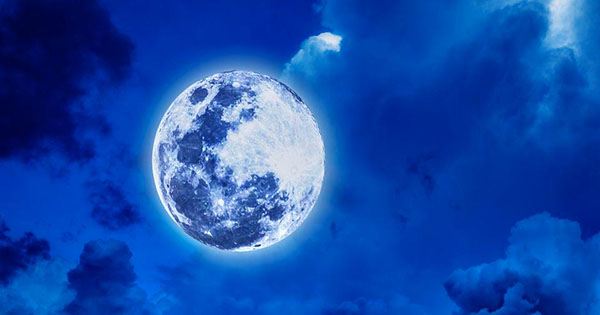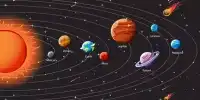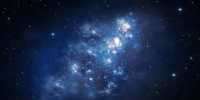Having a Blue Moon event once this weekend-literally? Stargazers set foot outside this weekend and see “Blue Moon” above them. But what does this mean? Are there any weird names for the moon event – Super Blood Wolf Moon, anyone? – But unfortunately, “blue” is not actually one of them. The term is not astronomy, but folklore, and has two meanings:
It could refer to either the second full moon of a calendar month, such as last year’s Halloween Blue Moon, or, this weekend, the third full moon of the season. There is nothing scientific in the contrast between these definitions – it just comes down to different traditions. This blue moon is a fruit of an unusual period of summer (or winter, for people below the equator). This is actually a scientific term: in this case, it means the period between the June solstice and the September Equinox.
In general, the time between the solstice and the Equinox lasts three months, and so we see three full moons. But this year, things were a little different: the June full moon occurred just three days after the solstice, with enough summer for four full moons overall. And no, we don’t know why it’s the third moon instead of the first or fourth, it gets a special name. Folklore is strange.
The best time to see the blue moon is when the moon rises. There are two consecutive nights in which the full blue moon can be seen: Saturday, August 21, and Sunday, August 22. So how rare is the blue-moon event once, whatever? Some quick math courtesy of EarthSky can help us here: A seasonal blue moon like Sunday occurs seven times every 19 years. This is a strangely fixed amount, we know, but it is due to the difference between a lunar month and a calendar month.
A lunar month is on average a little shorter than a calendar month, which means that the two most of the time don’t sync very well – but every 19 years, the lunar phases repeat their (or closer) dates to the same calendar. Now, 19 years is 235 lunar months, each with its own full moon, but it’s only 228 calendar months – leaving seven “extra” full moons throughout the period.
Unfortunately, the moon is actually less likely to be blue – although it can happen. If the atmosphere is heavy with certain red light-scattered particles, the moon may appear blue. This can happen in any moon case, only when it is not full. These are especially prevalent in the vicinity of wildfires, although places like British Columbia or California may be decorated with a romantic cerulean orb to illuminate their local hellscape.
















